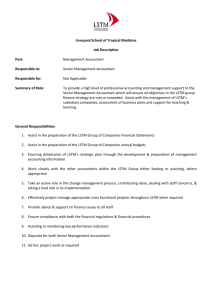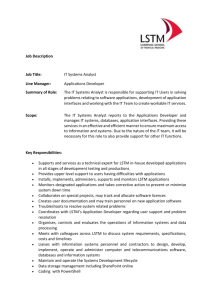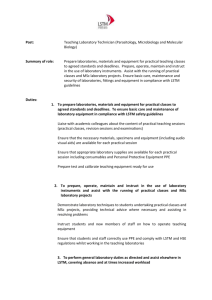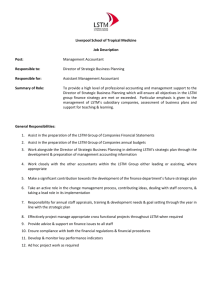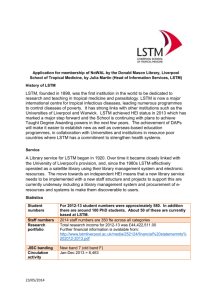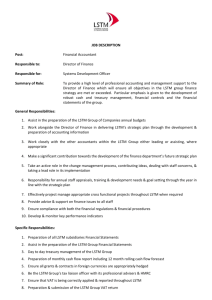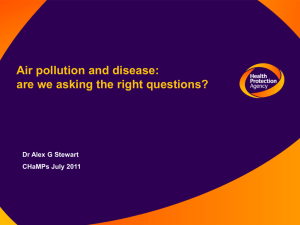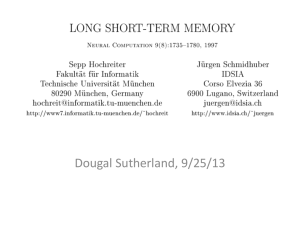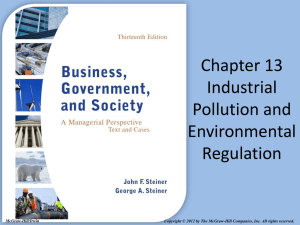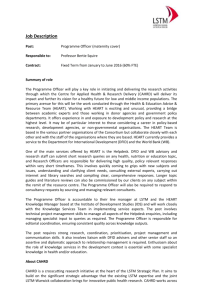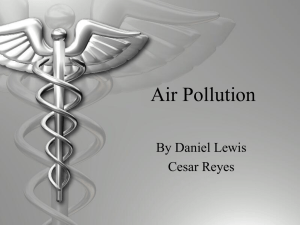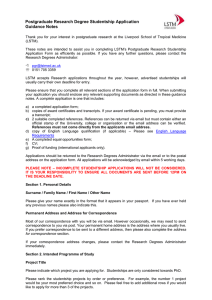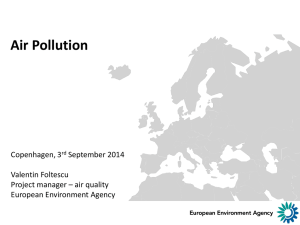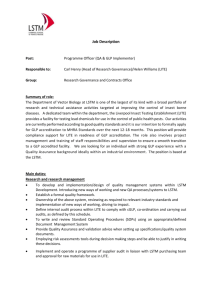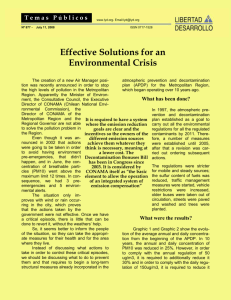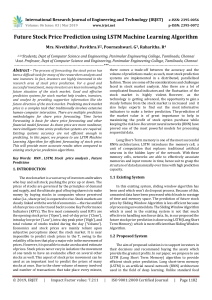Air Quality and Health in Sefton
advertisement
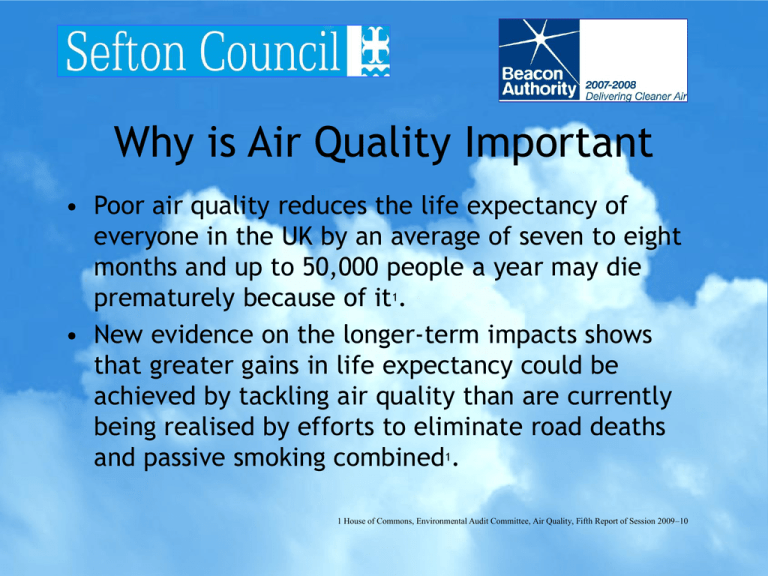
Why is Air Quality Important • Poor air quality reduces the life expectancy of everyone in the UK by an average of seven to eight months and up to 50,000 people a year may die prematurely because of it1. • New evidence on the longer-term impacts shows that greater gains in life expectancy could be achieved by tackling air quality than are currently being realised by efforts to eliminate road deaths and passive smoking combined1. 1 House of Commons, Environmental Audit Committee, Air Quality, Fifth Report of Session 2009–10 Background in Sefton • Residents regularly express concerns about health • 10 year difference in life expectancy between areas of Sefton • Widespread belief this is linked to air pollution • Uncertainty of relationship between monitored levels and health impacts • Need to investigate this and either – Reassure residents – Identify necessary action Projects with Health Agencies • Worked with ‘Health Authority’, Chest Physicians from local hospitals and Liverpool School of Tropical Medicine (LSTM) to investigate impacts of coal dust on local school children • In 1999 launched Airwatch Alert System in conjunction with the PCT Projects with Health Agencies • Commissioned LSTM to carry out study exploring links between pollutant emissions and health impacts • Supported MSc dissertation by Helen Casstles ‘Understanding the potential health impact from particulate matter within an air quality management area close to the port of Liverpool.’ • Commissioned further study by LSTM exploring links between pollutant concentrations and health in AQMAs LSTM AQ and Health Study • Liverpool School of Tropical Medicine commissioned to undertake study examining links between pollutant emissions and health • Study used Emissions data rather than concentrations – – – – Adequate sample size for initial work required whole Sefton data Monitoring network not comprehensive enough to supply this Modelling dependant on to many variables If link could be established with emissions provides more stable relationship that can be more generally applied Health and AQ in an AQMA • Department supported an MSc Dissertation* examining potential health impact of PM10 levels within an AQMA – Department provided data on PM10 Concentrations – Used Middle Super Output Area data on health and depravation to develop a health profile of the area – Estimated the potential effect on all cause mortality from localised particulate pollution published dose response coefficients. • Complimented LSTM work • Looking at problem from ‘both ends’ develop an holistic understanding of the issues *Author Helen Casstles Results • Both studies have shown that air pollution and deprivation are linked • People in the most deprived areas suffer other health impacts – Smoking prevalence higher – Poorer housing conditions • Air pollution can add to these impacts Benefits of this Approach • Develops holistic understanding of problems – Links to other Public Health issues • Helps identify effective actions and target resources – LAQM review conclusions • Addresses residents concerns and puts AQ in an more understandable context – Localism • Changes to Public Health delivery may give opportunity for greater integration Other Work • All Merseyside local authorities are working with PCTs • Liverpool CC about to begin – Airtext project – informing residents of pollution levels by text – Message Project real time micro level pollution monitoring and reporting could provide valuable data for health studies Conclusions • We feel this work is important but we are only at the beginning • We need this kind of discussion to bring together people from different disciplines with different viewpoints and develop a way forward • Need to comply with EU Directives may ‘direct’ attention from the most pressing health impacts – PM10 • Opportunity to target resources to get the best health outcomes
